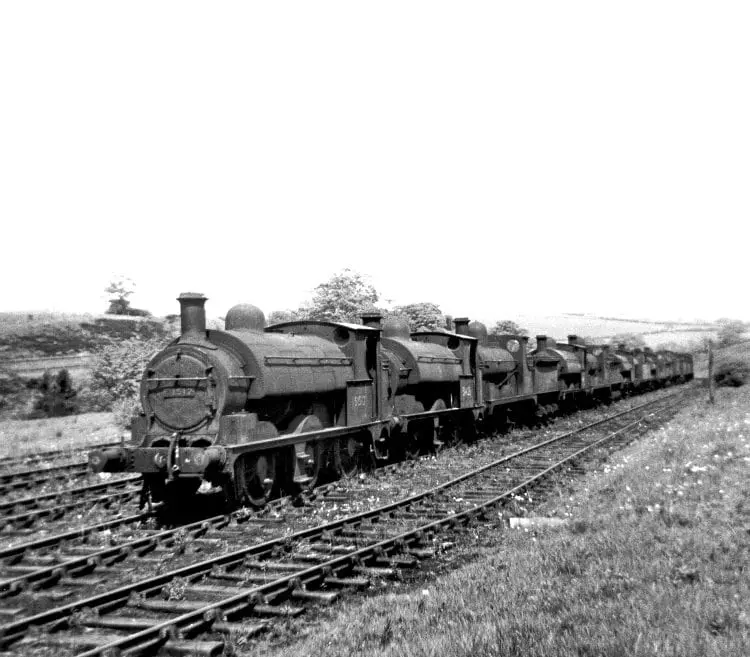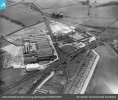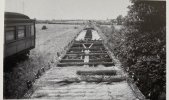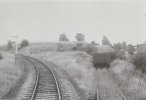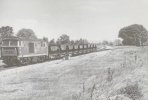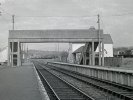Another West Lancs. example was the stub of the Barton / Downholland branch (ex-Liverpool, Southport and Preston Junction Railway) between Butts Lane Jn. (on the Southport - Wigan line near Meols Cop) and Shirdley Hill.
Rather than redundant goods wagons, this rural backwater was apparently used, after the end of regular goods trains in the early 1950s until 1963, to store coaches used for passenger excursions.
Without being able to remember the source, I'd previously believed that stock kept on the truncated Shirdley Hill line was elderly coaches used only for excursion trains in the height of summer - the kind of assets that Beeching had such an aversion to - which were stored there when not needed over the colder months.
However on-line sources (including the
Disused Stations website, which in normally well-researched) seem to suggest the Shirdley Hill line was used to stable excursion trains which had worked into Southport for the day.
I'm not sure which was the case - it would be a bit of a faff getting empty stock on and off the line just for a few hours, and I'm not sure there was such a shortage of siding space close to Southport that BR would keep doing this up until 1963. Does anyone know?
Certainly I can imagine the quiet farmland around Shirdley Hill was sufficiently out-of-the-way for old but serviceable carriages to be stored on the closed railway for months on end with minimal risk of vandalism, theft of components etc.

